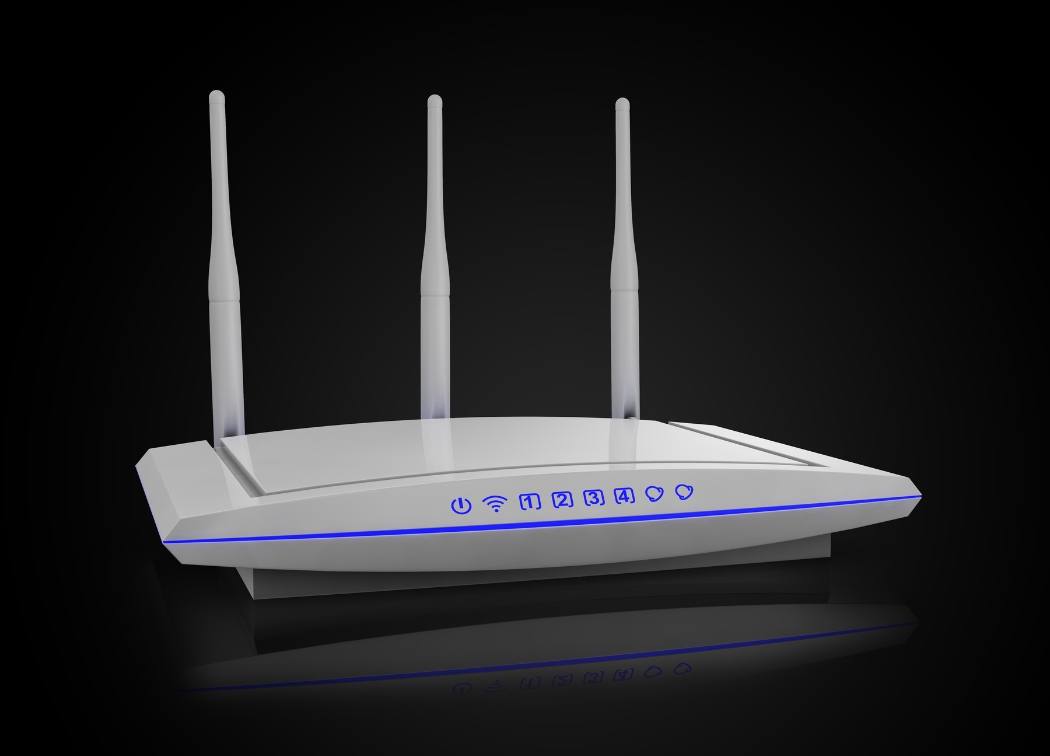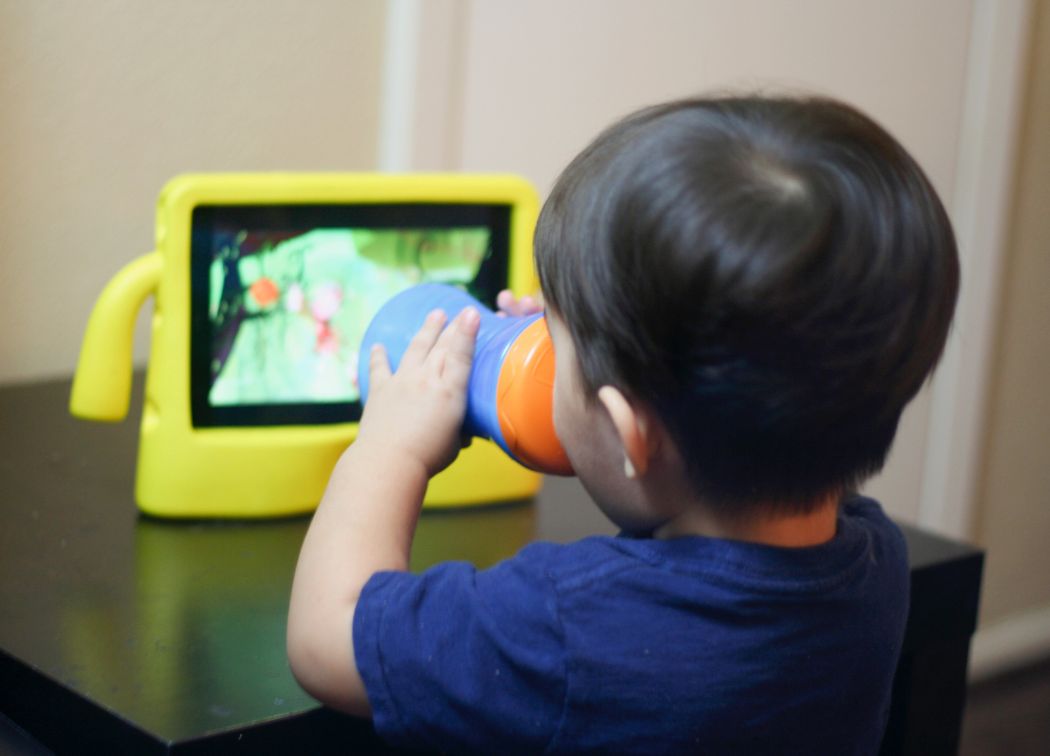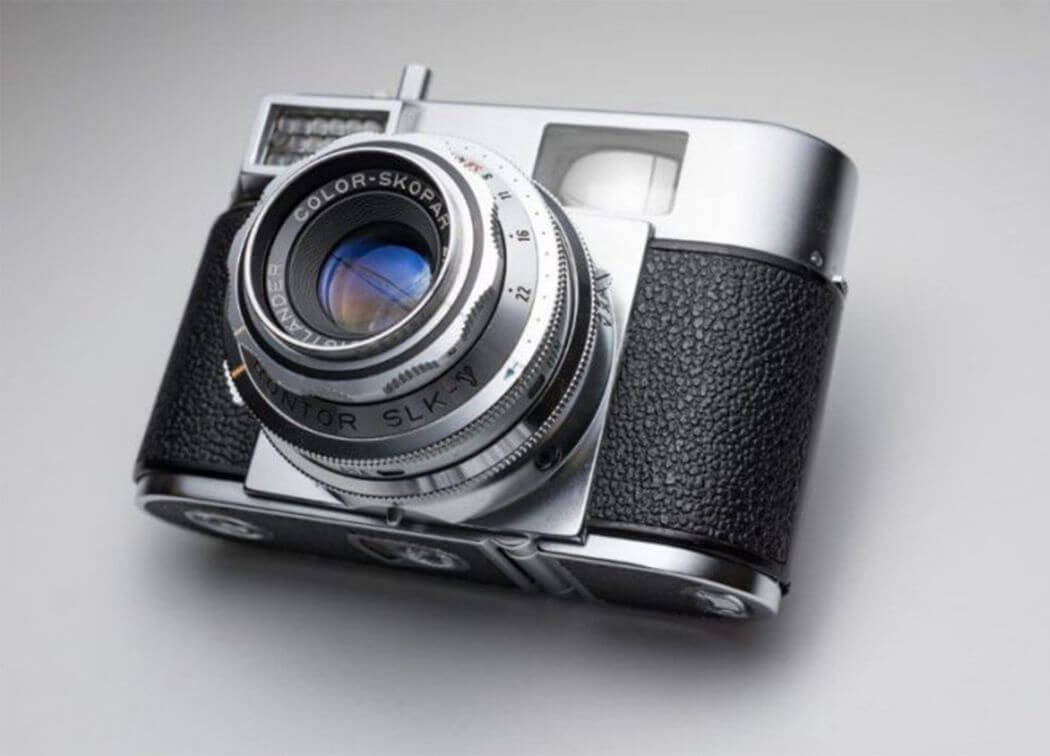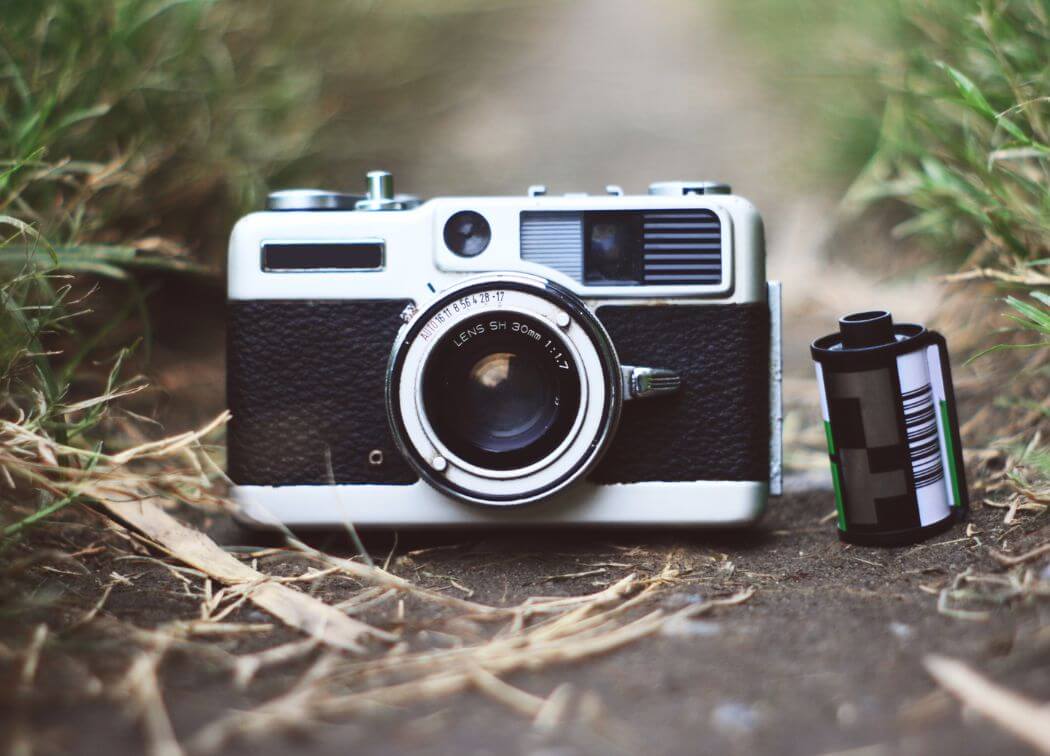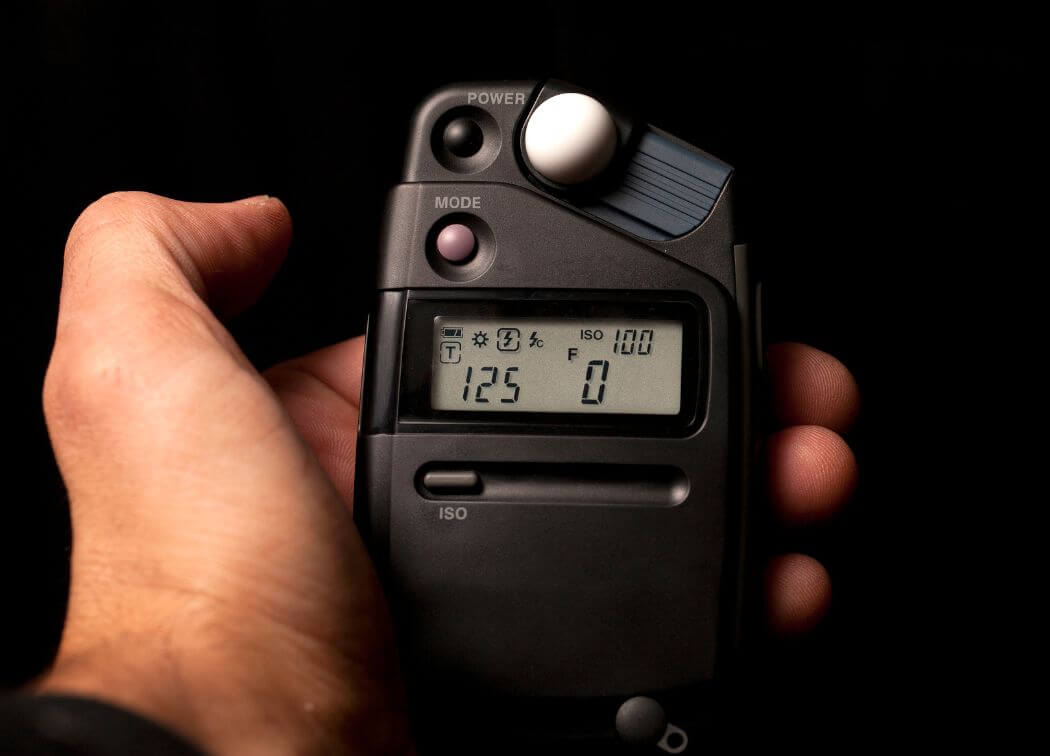If you look at this topic across the internet, you are going to find a variety of conflicting opinions and recommendations concerning this accessory.
I am not going to try to reinforce or overcome any of those notions. I am only going to share my personal experience on this topic having lots of experience shooting photos both with AND without a polarizing filter.
So, this post is going to give you information on why personally I believe, Yes! you really need a circular polarizer.
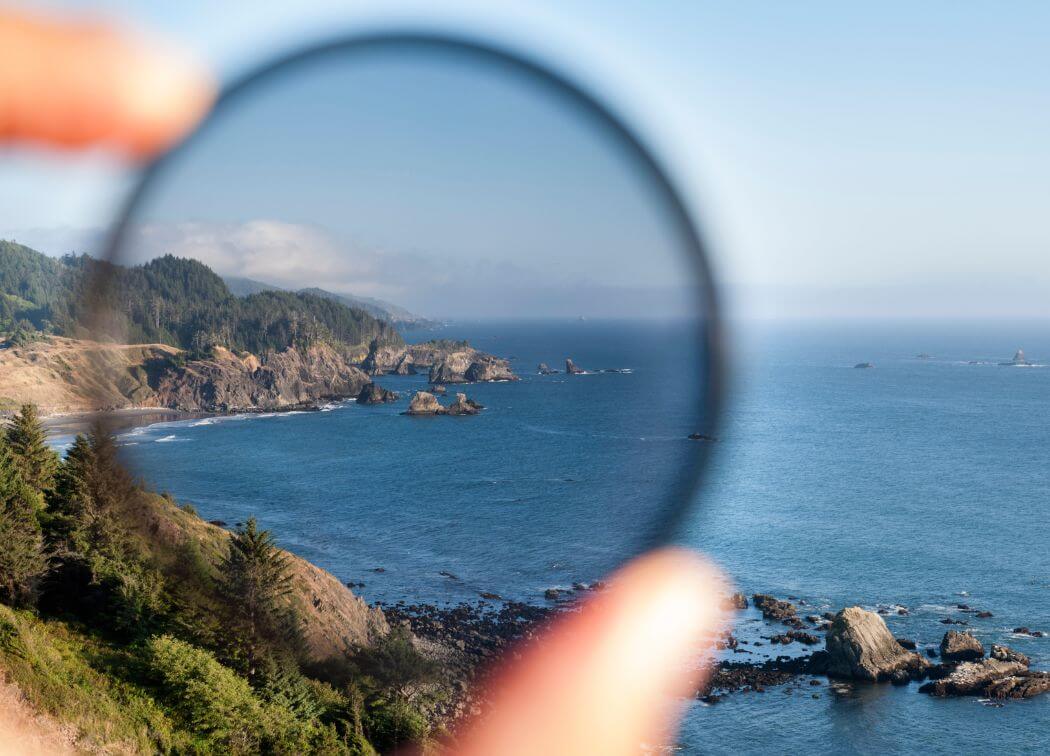
What is a Circular Polarizer (CPL)?
A CPL filter is an accessory that screws onto the front of the camera lens using the inner threaded part of the lens ring.
Mechanically it consists of two plates of optical glass with special coatings. The front part of the filter balances the light entering it through linear polarization, much like a pair of sunglasses do when you wear them. The back part converts the linear polarized light to circular polarized light that camera optics and sensors can handle better.
A CPL is designed to do one thing and that is to reduce or remove reflected light. Reflected light comes in the form of glare, haze and amplified highlights. We have all seen the effect of glare, haze and amplified highlights and how that can wash out photos, reducing detail, color and contrast.
The front plate is able to be rotated to adjust the polarizing effects of the filter. This is usually done while looking looking through the view finder and rotating until you get the desired reduction effect.
Below is an example photo both without and with a polarizer in use
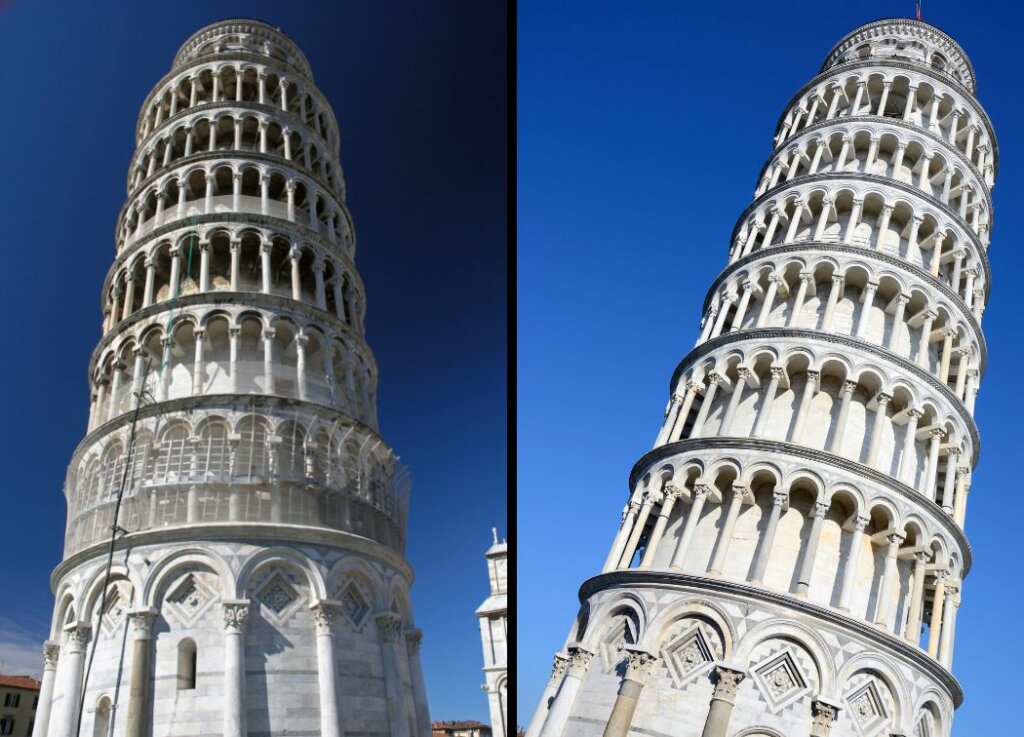
As you can see from the photo, when using the CPL, glare and haze are reduced and color, saturation and detail are improved.
If you are into outdoor photography at all, then Yes! you really need a circular polarizer.
Here are some common outdoor photography issues where you would want to use a CPL:
- When you want to reduce of eliminate reflections
- If/When you need (want) to reduce glare from reflective surfaces
- When you want to control haziness caused by sunlight reflecting from moisture in the air
- If/When you want to improve contrast and color saturation
- When haze, blown out highlights, and/or poor contrast are washing out detail
What’s not to love?
One other attribute of a CPL which is seen as both a positive and a negative depending on what you are trying to accomplish, is that it reduces light transmission much like a neutral density filter does. Depending on the quality of the CPL, this can be from 1 to 4 stops.
Lower cost/budget CPL’s have a much higher reduction. These low quality CPL’s can also add undesired color cast attributes, often a slight blue or green tint.
Higher quality CPL’s, while more costly, typically have very low light transmission reduction and no color cast. In this case you get what you pay for.
A very useful reduction in light transmission
One thing that a CPL is good for is taking photos of waterfalls and other moving water. It allows for more slowing of the shutter to create that creamy blur you often see in moving water photos, while at the same time eliminating glare and reflection from the water.
Why not leave it on all the time?
You could but sometimes you want reflections, or creative haziness in the background. You don’t want to use a CPL if photographing rainbows, for example.
You probably don’t want to use it when taking advantage of the golden hour light, or if you are trying for lens flare or light strike artifacts on purpose. Plus, there is that reduction in light transmission. Like all tools there is a time and a place. You need to pick and choose the right time.
As mentioned above, it’s important to make sure you are getting good quality optical glass and neutral coatings on your CPL. And you do get what you pay for.
Myself I use the Gobe brand CPL. Their CPL’s come in 3 grades; they refer to them as 1 peak, 2 peak and 3 peak, with the higher number being the higher quality.
The 3 peak model uses premium German SCHOTT B270 optical glass for supreme clarity. Also, a premium neutral polarization coating on both plates with minimal light transmission reduction and color casting.
While I am partial to the Gobe filters and own several of them for various purposes, any of the CPL’s above should work out well for you. I also own a couple of Hoya filters and they are awesome filters, if not a bit on the pricey $ide.
Also, if you decide to get one of these, make sure it’s the same size as the thread on the lens you plan to use it with. My wide-angle landscape lens is 77mm. The size should be just on the inside or outside of the lens ring.
Conclusion
Hopefully I have shed some light on this topic and demonstrated to you, why I believe, that Yes! you really need a circular polarizer to complete your camera accessory kit.
See you next time, now let’s get out there and take some awesome photos!

